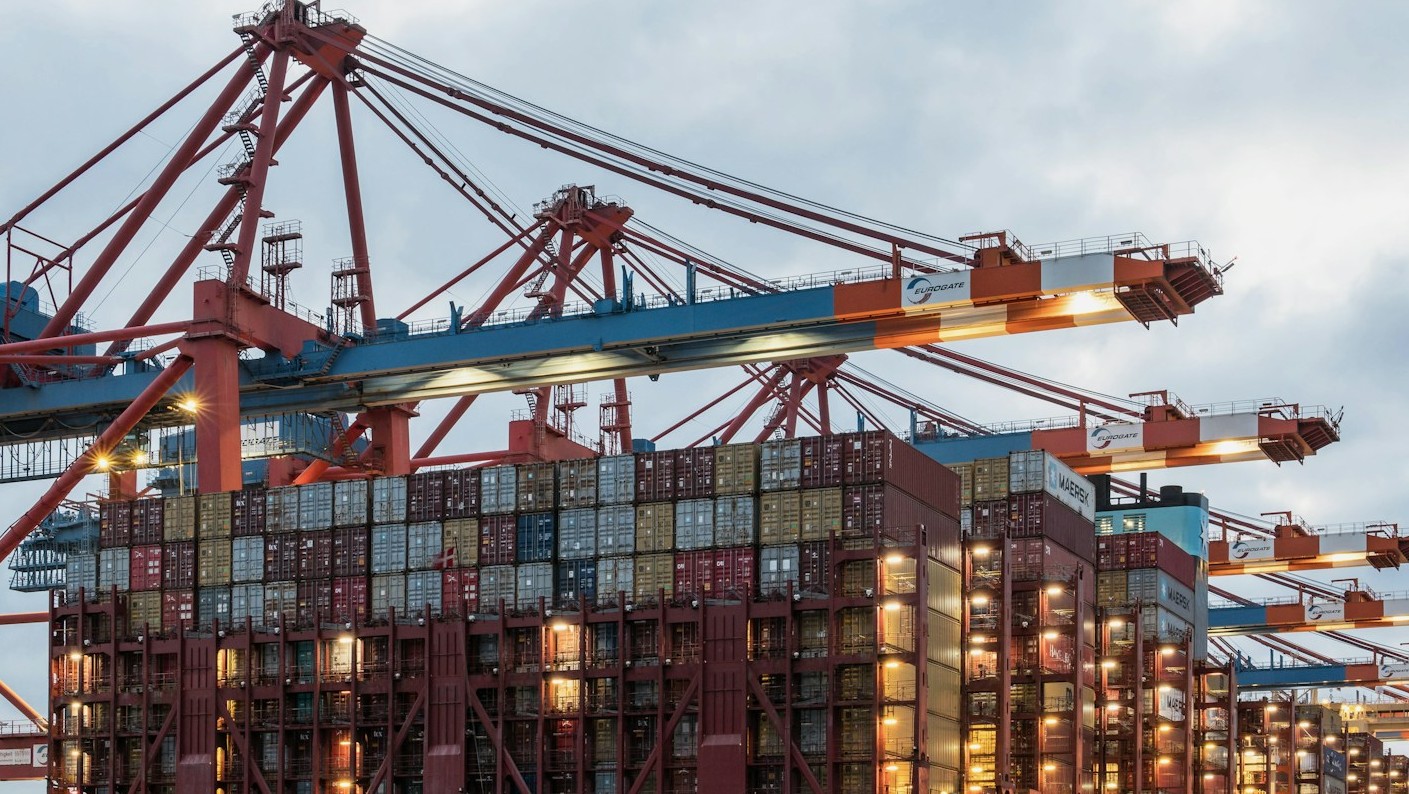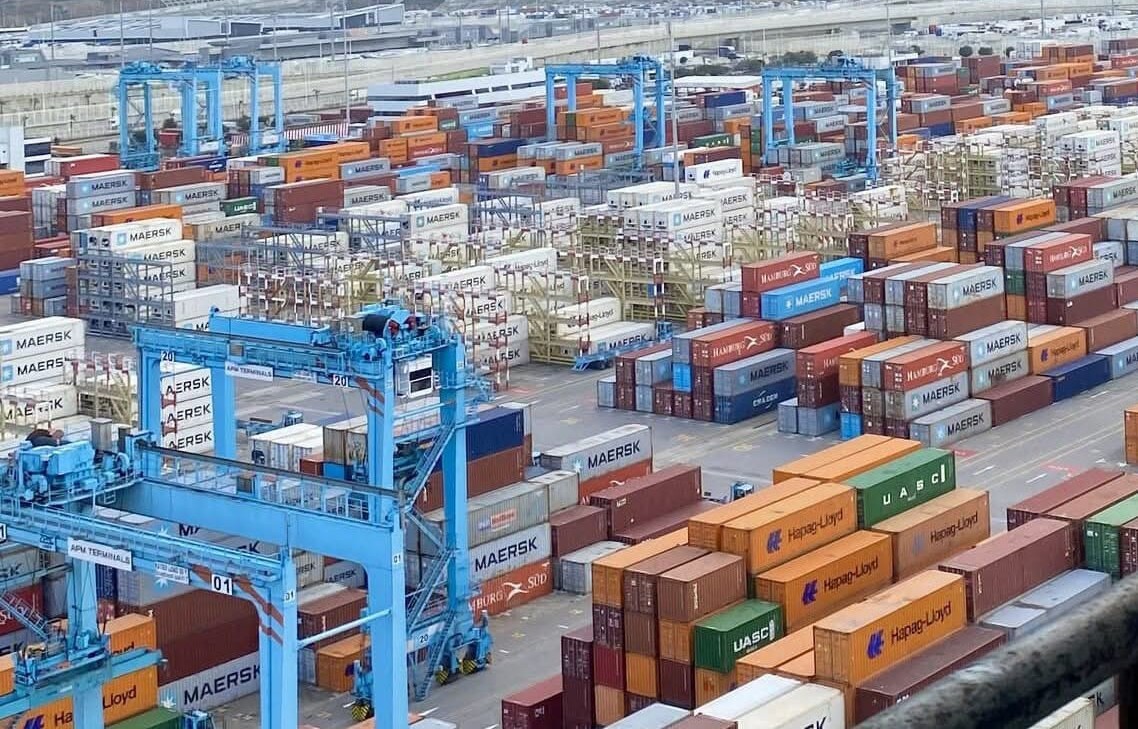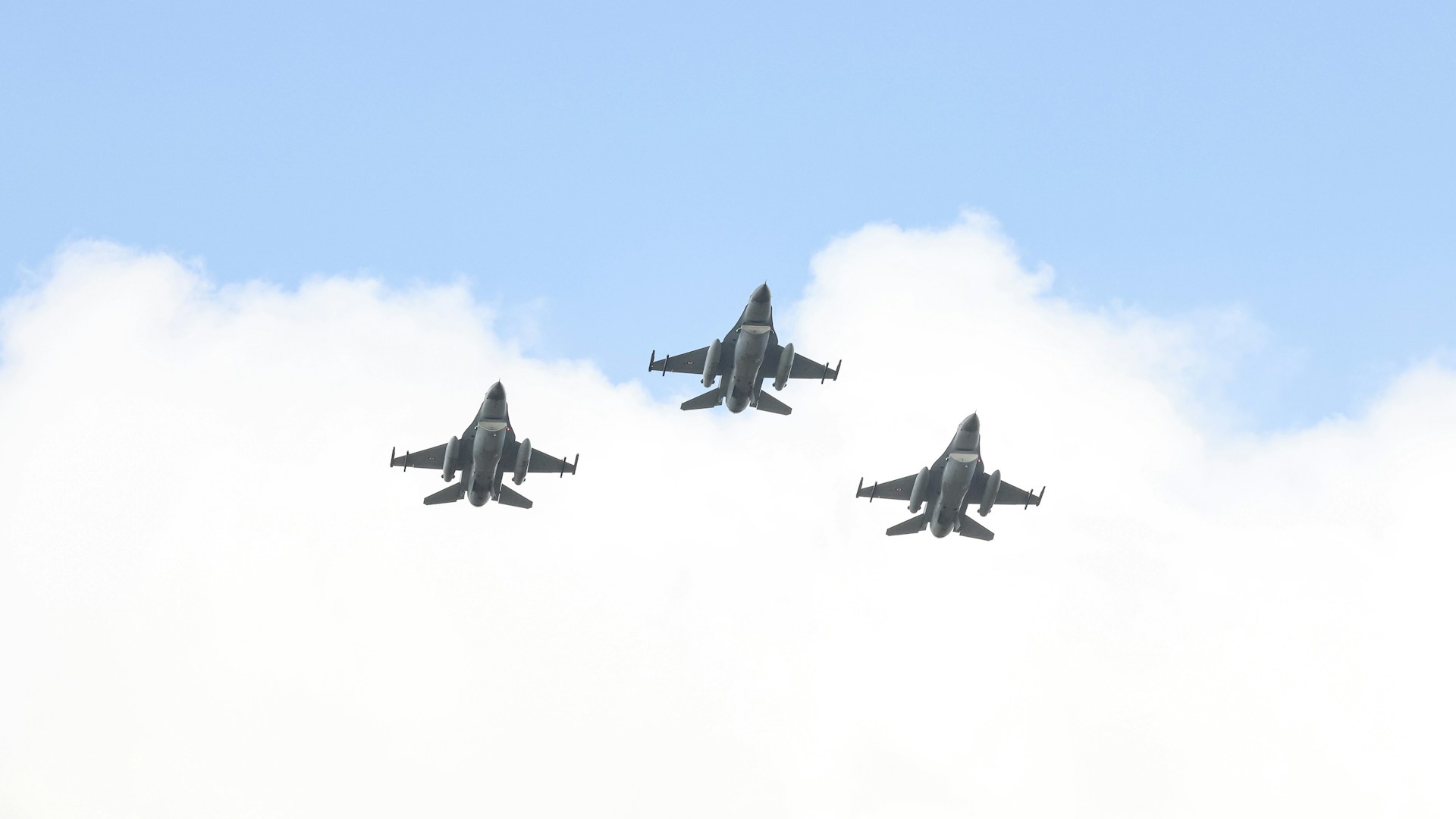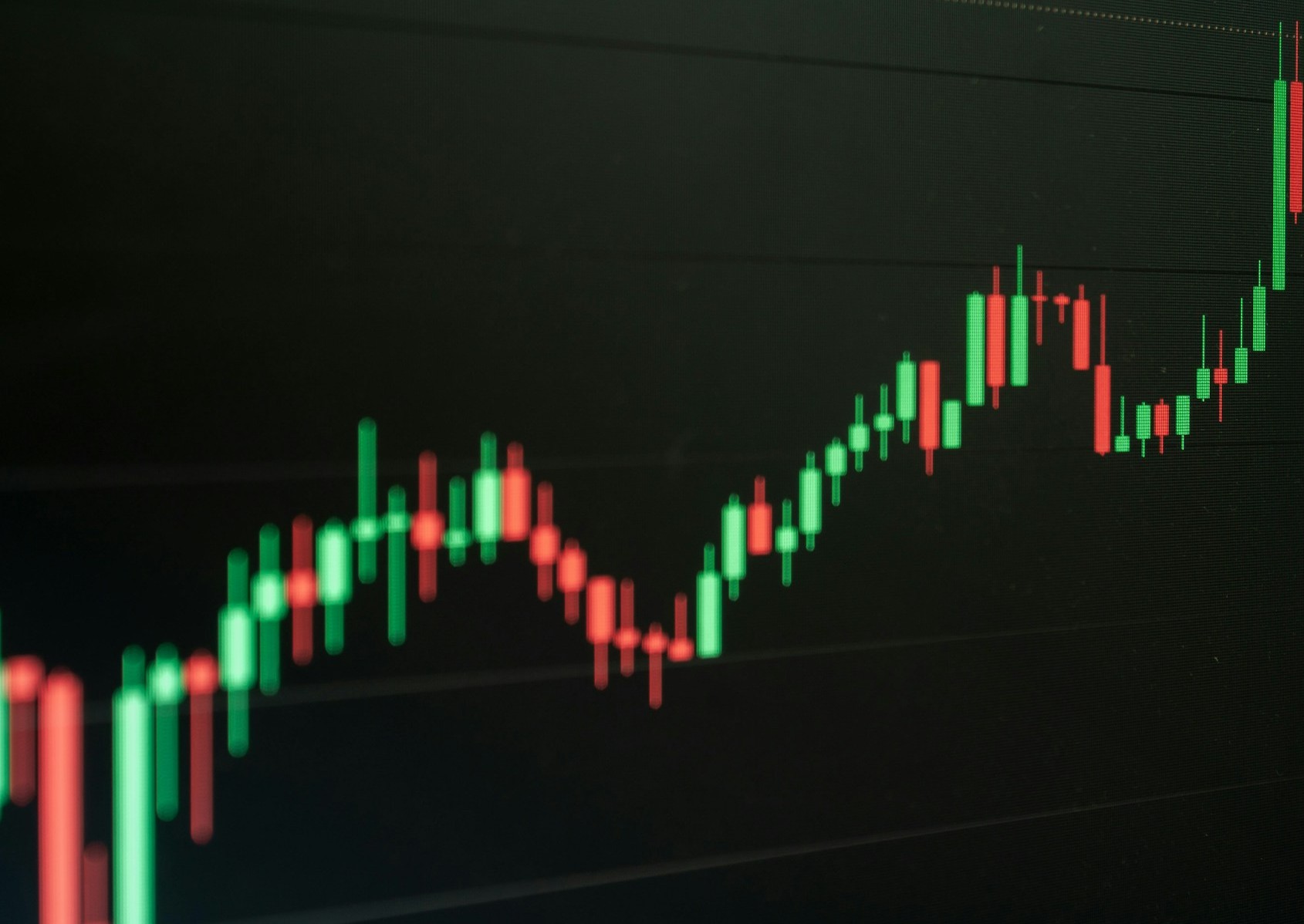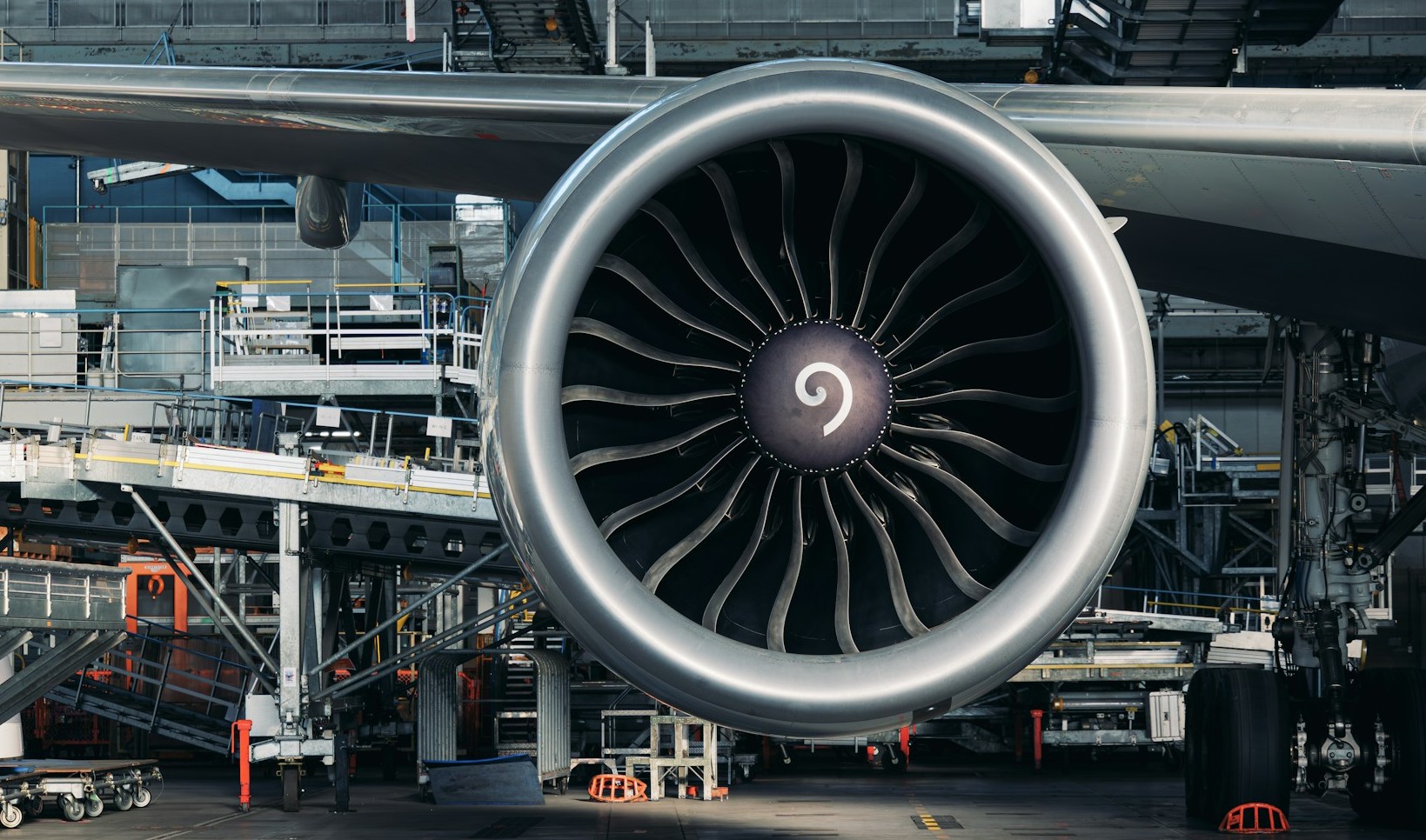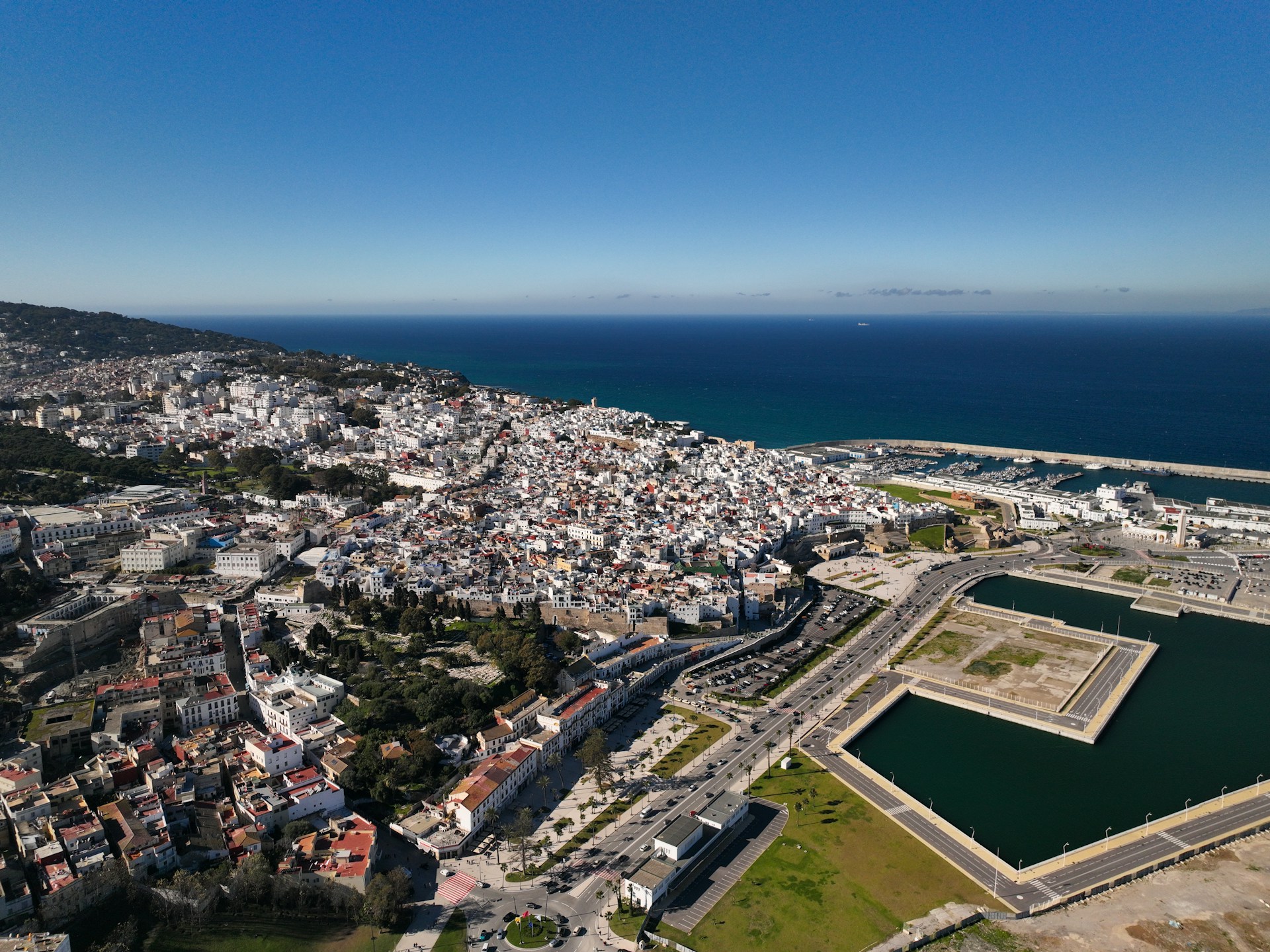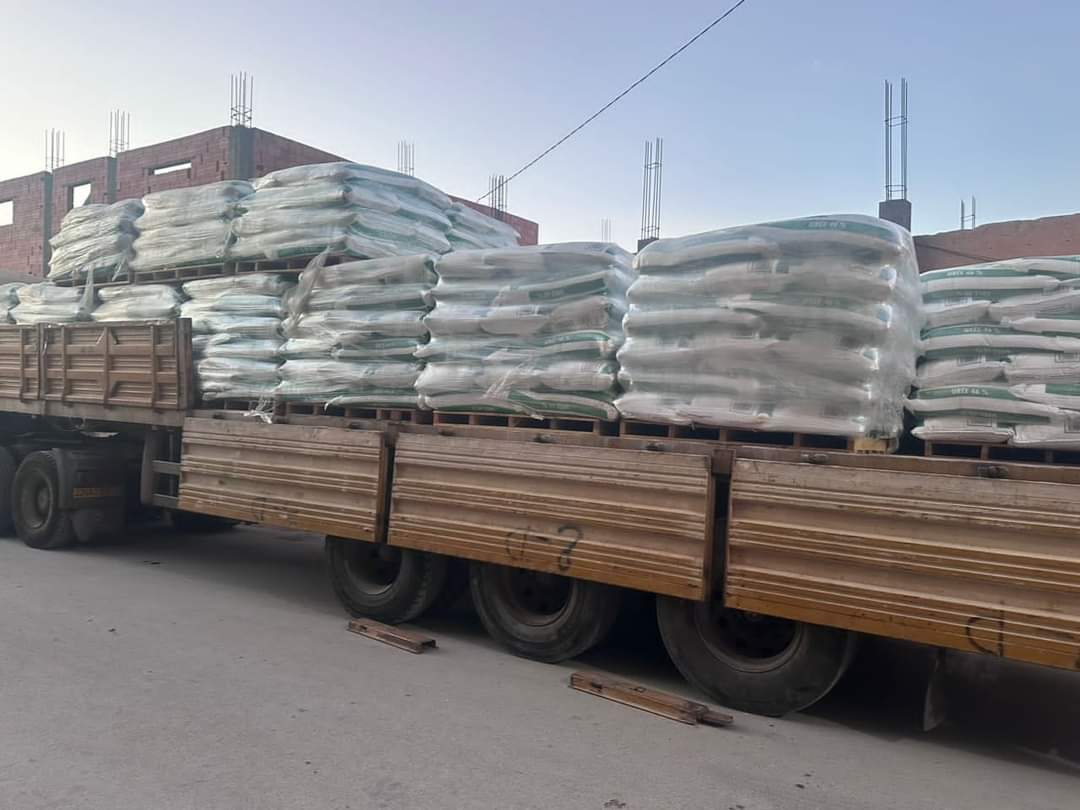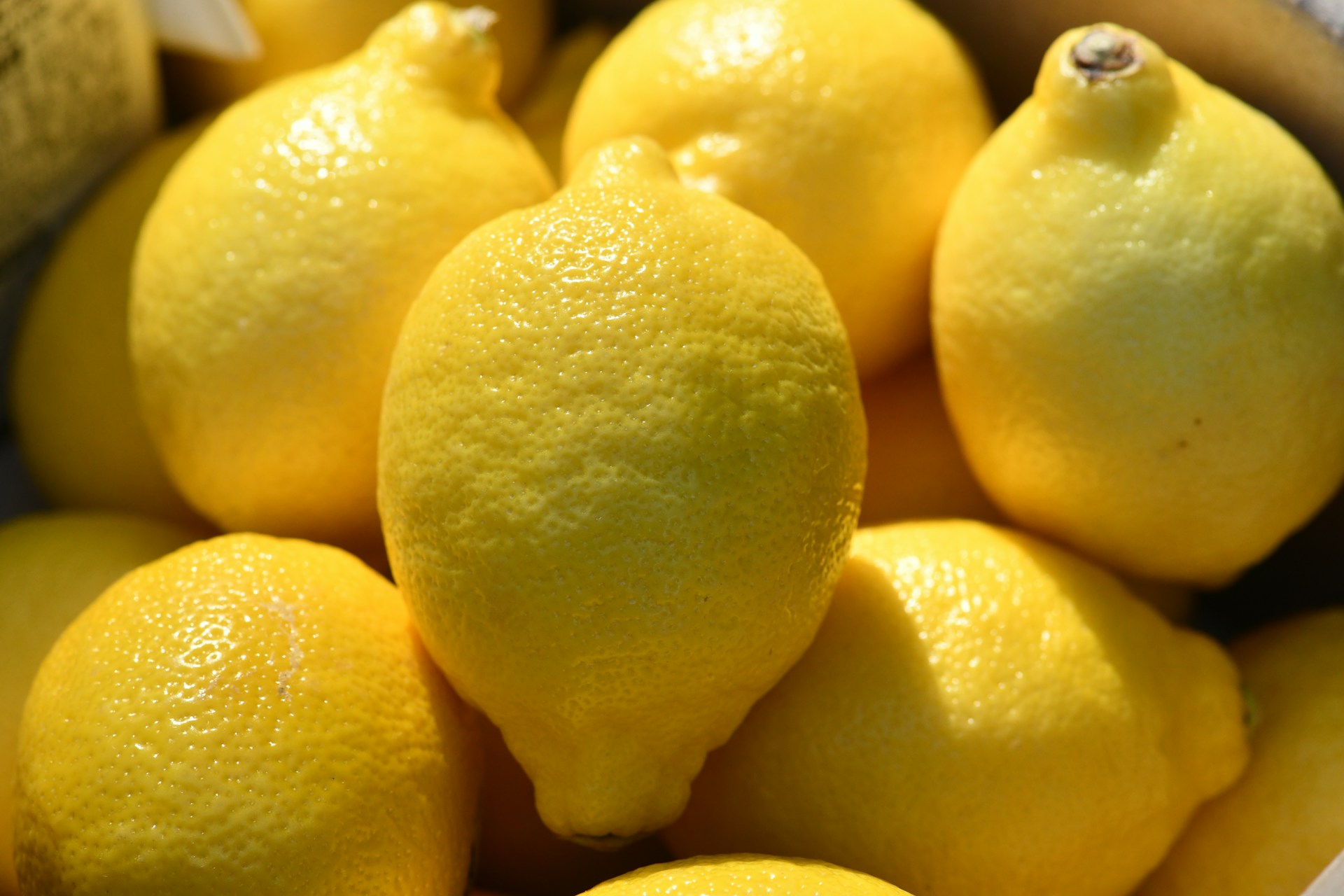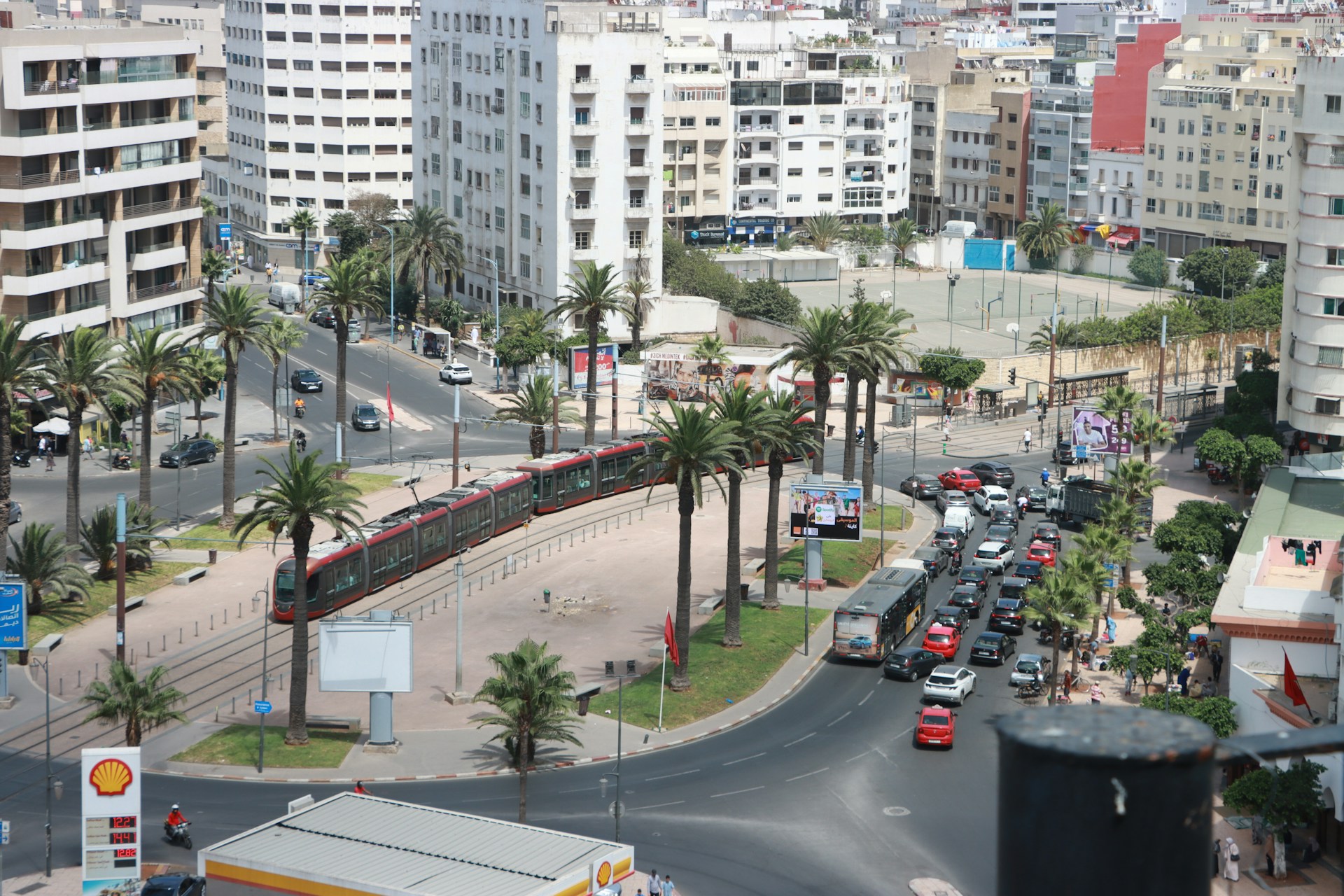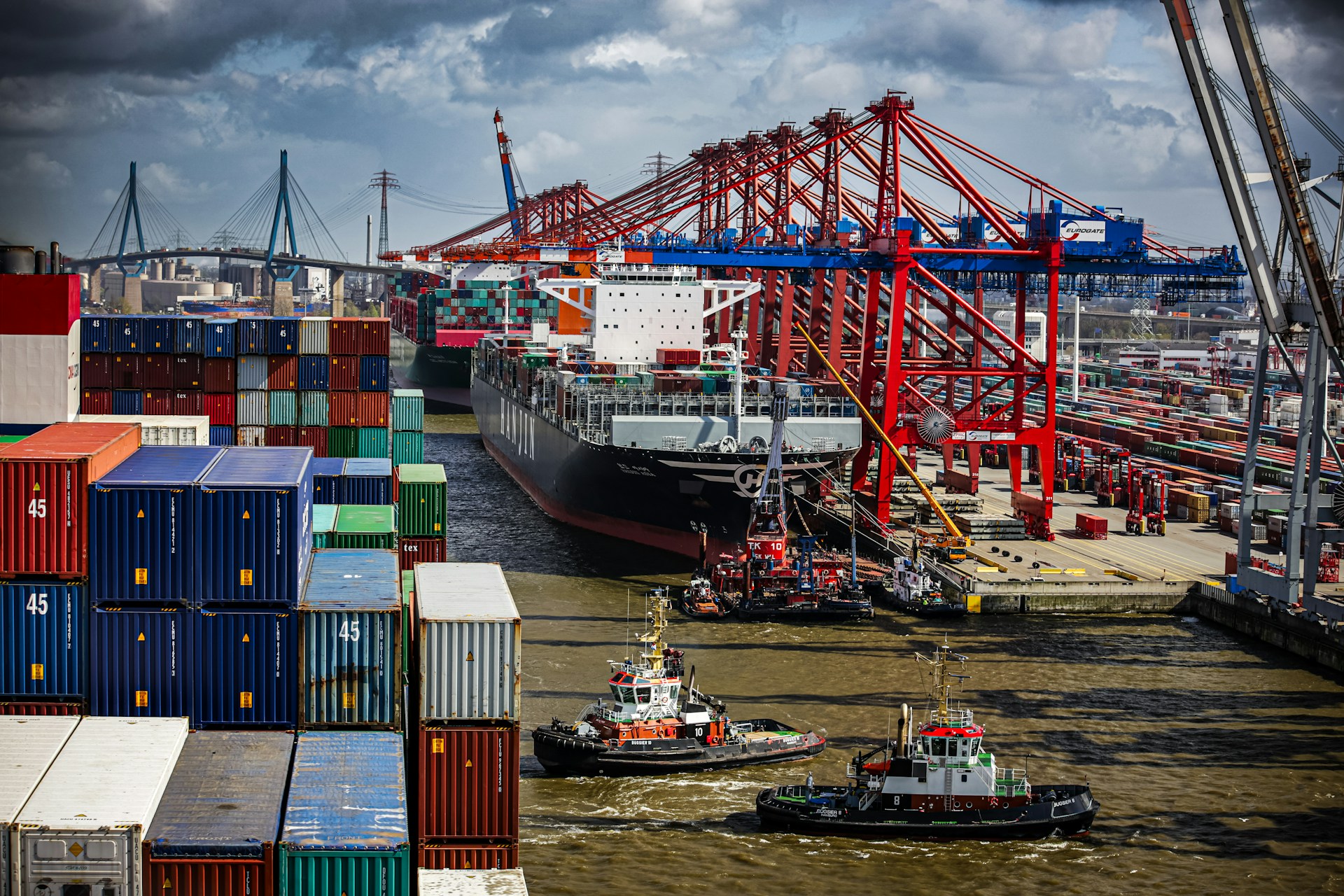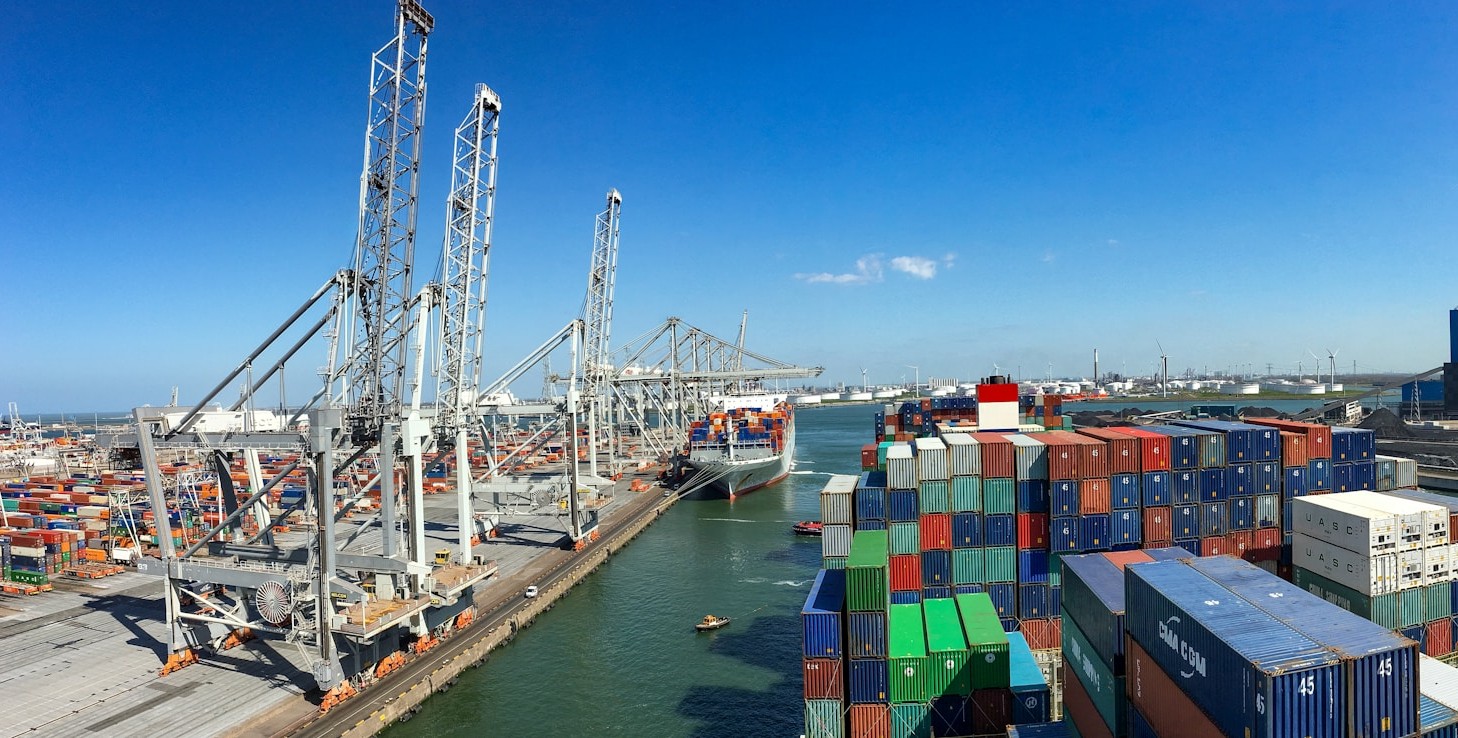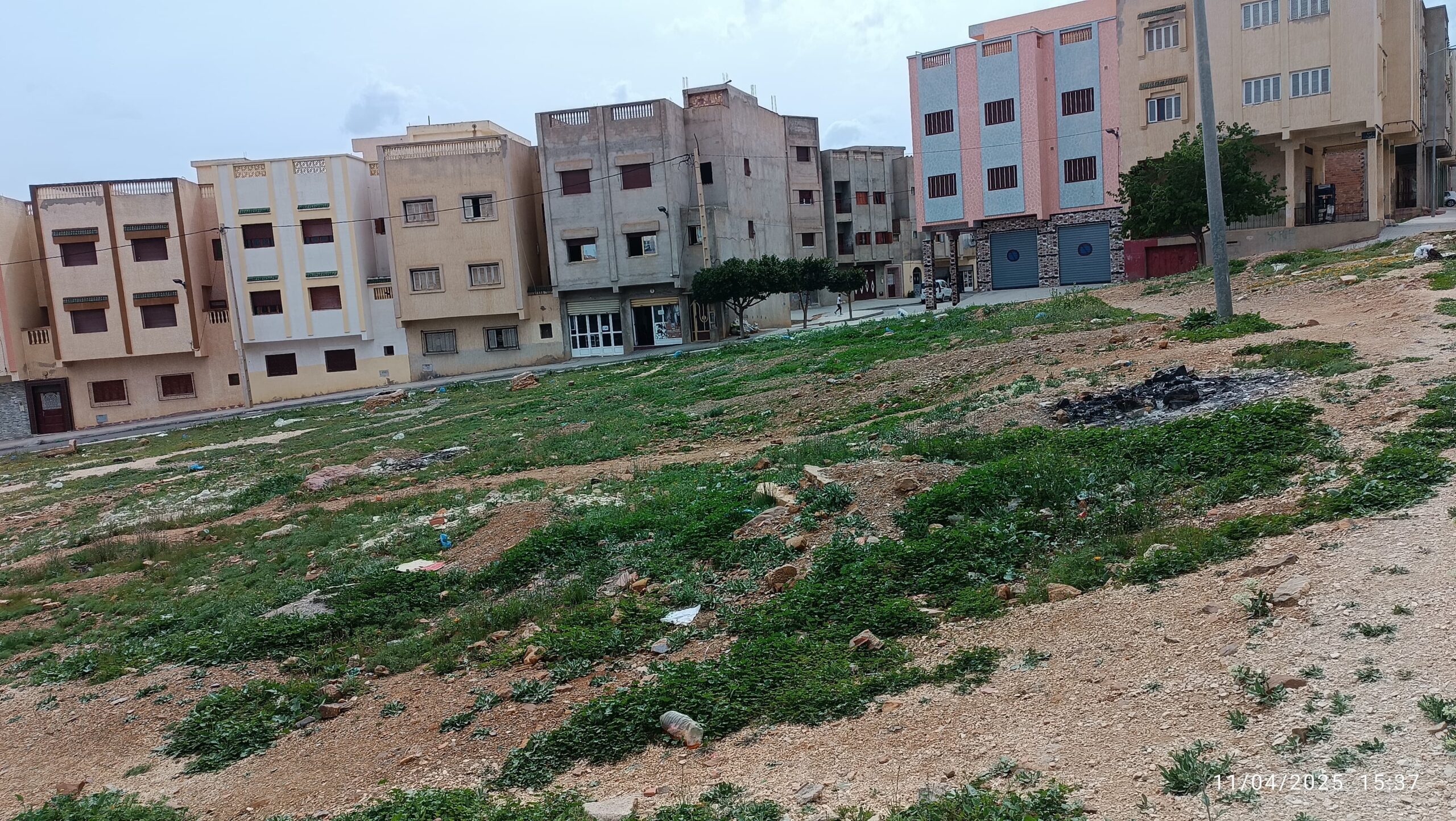Casablanca – Morocco has significantly strengthened its role in the European Union’s agricultural market by emerging as one of the EU’s top suppliers of phosphate fertilizers. With a 24% share in the European market, Morocco now ranks as the second-largest supplier to the EU, trailing only Russia, which leads with a 29% share. This data, reported by Eurostat, underscores Morocco’s increasing influence as a key partner for European agricultural sustainability.
Recent reports reveal that Morocco’s exports of phosphate fertilizers to the EU nearly tripled in July, reaching approximately $117 million from a total of $675 million in fertilizers imported by the EU that month. This notable increase in Moroccan exports aligns with growing European efforts to diversify supply sources in response to shifting global market dynamics.
Russia’s fertilizer exports to Europe peaked in July as well but began to decrease by August, settling at $183 million—a month-over-month reduction of around 13%. Despite this decline, Russia remains Europe’s primary fertilizer supplier, while Morocco has continued to strengthen its foothold in the market. Major importers of Russian fertilizers within the EU include Poland, Romania, and Spain, but an evident shift towards alternative sources such as Morocco is underway.
The EU’s reliance on Moroccan phosphate fertilizers aligns with the bloc’s focus on securing food security and combating climate challenges. Phosphate-based fertilizers are particularly critical to improving crop productivity, a priority as Europe works to support its agricultural sector amid changing environmental conditions.
Morocco’s consistent supply of phosphate fertilizers, coupled with strategic resource management, has solidified its role as an agricultural partner for Europe, making it increasingly vital for EU countries seeking sustainable solutions for food production. Additionally, Morocco’s diversified fertilizer offerings position it as a favorable alternative supplier for the EU, balancing the European agricultural market’s needs amid continued geopolitical and environmental shifts.
